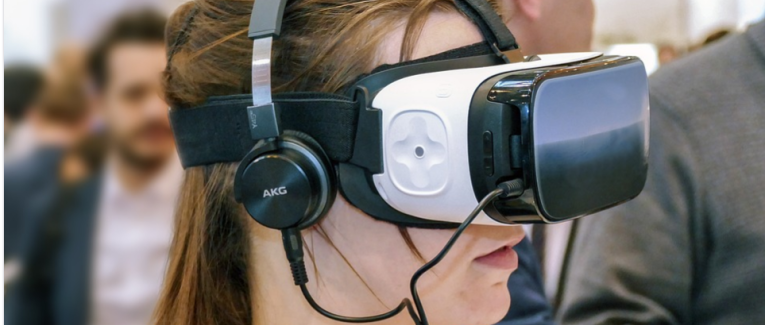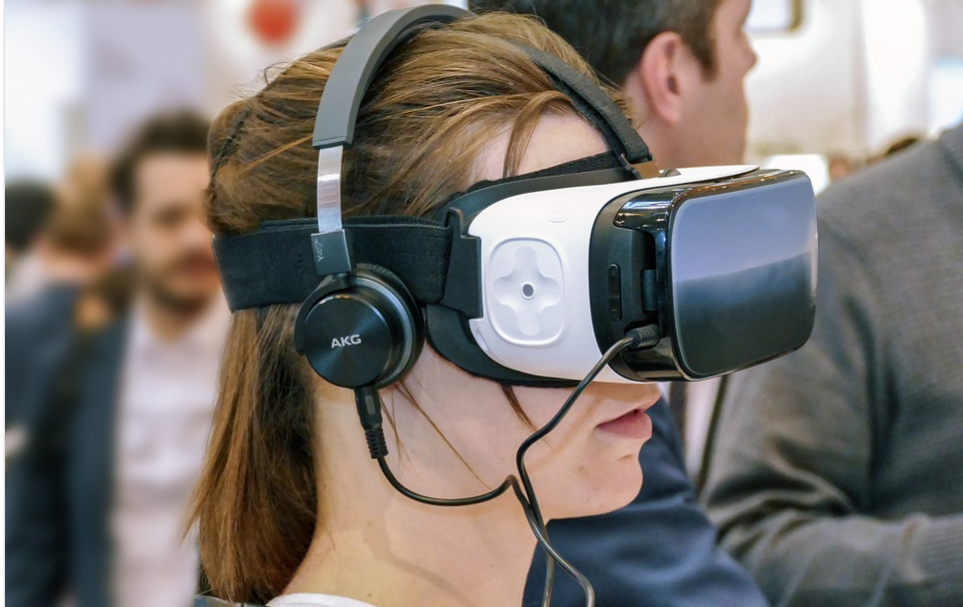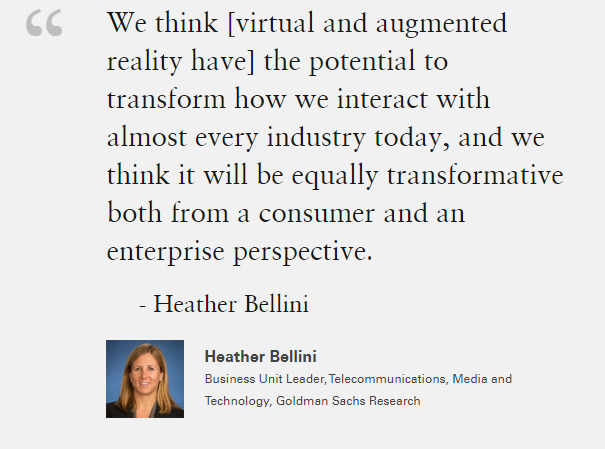
How VR Is Changing The Game In Workplaces
 5 min
5 min
How VR Is Changing The Game In Workplaces

via Pixabay
For most of the workplaces, working and interacting online using digital technologies both in and outside of the office have become not only a must but a norm. To an extent, this form of interaction holds a bit impersonality, which remains a serious matter for employers. Can Virtual Reality (VR) solve this problem?

via goldmansachs.com
VR is expected to become an $80 million market by 2025. According to this Goldman Sachs report, this market roughly equals the size of the PC market today. While the adoption of VR will not be as high as the one of smartphones, the VR technology is expected to spawn a billion-dollar industry and change the game.
Wondering how VR can add value to workplaces? Let’s explore that.
Saying Goodbye To Hypothetical Training
Training your









 English
English
 Français
Français
 Deutsch
Deutsch
 Italiano
Italiano
 Español
Español



 Colaborar
Colaborar












 Puedes apoyar a tus escritores favoritos
Puedes apoyar a tus escritores favoritos





